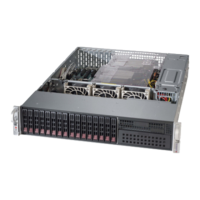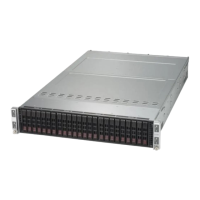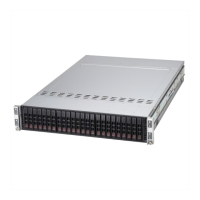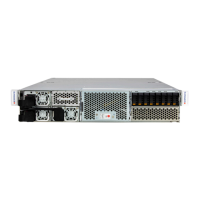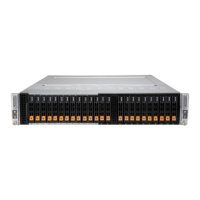Appendix D: UEFI BIOS Recovery
135
Appendix D
UEFI BIOS Recovery
Warning: Do not upgrade the BIOS unless your system has a BIOS-related issue. Flashing
the wrong BIOS can cause irreparable damage to the system. In no event shall Supermicro
be liable for direct, indirect, special, incidental, or consequential damages arising from a BIOS
update. If you need to update the BIOS, do not shut down or reset the system while the BIOS
is updating to avoid possible boot failure.
D.1 Overview
OS loader stored in an add-on card to boot the system. The UEFI offers clean, hands-off
management to a computer during system boot.
D.2 Recovering the UEFI BIOS Image
BIOS image). The recovery block contains critical BIOS codes, including memory detection
Once this process is complete, the main BIOS code will continue with system initialization
and the remaining POST (Power-On Self-Test) routines.
Note 1: Follow the BIOS recovery instructions below for BIOS recovery when the main BIOS
block crashes.
Note 2: When the BIOS recovery block crashes, you will need to follow the procedures to
make a Returned Merchandise Authorization (RMA) request. (For a RMA request, please
see section 3.5 for more information). Also, you may use the Supermicro Update Manager
(SUM) Out-of-Band (OOB) (https://www.supermicro.com.tw/products/nfo/SMS_SUM.cfm) to
D.3 Recovering the Main BIOS Block with a USB Device
This feature allows the user to recover the main BIOS image using a USB-attached device
CD/DVD ROM/RW device can be used for this purpose. However, a USB Hard Disk drive
cannot be used for BIOS recovery at this time.
which is installed on a bootable or non-bootable USB-attached device. However, the BIOS

